NIKU (with partners) has created an open map service with an overview of projects completed with archaeological geophysics in Norway. Almost 2000 hectares have been studied and 300 project reports are now available through the webpage argin.no.
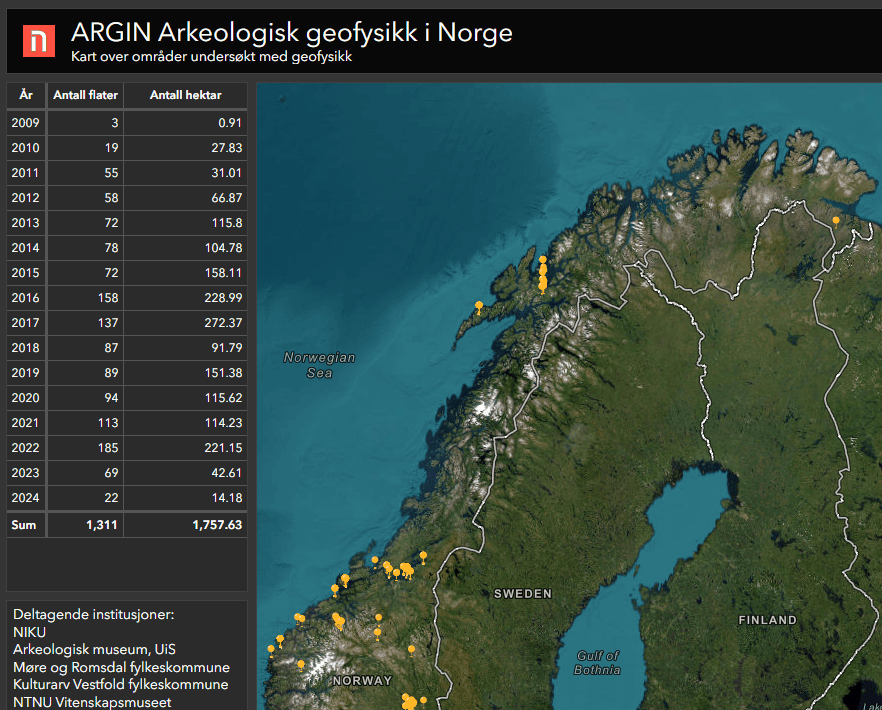

NIKU (with partners) has created an open map service with an overview of projects completed with archaeological geophysics in Norway. Almost 2000 hectares have been studied and 300 project reports are now available through the webpage argin.no.
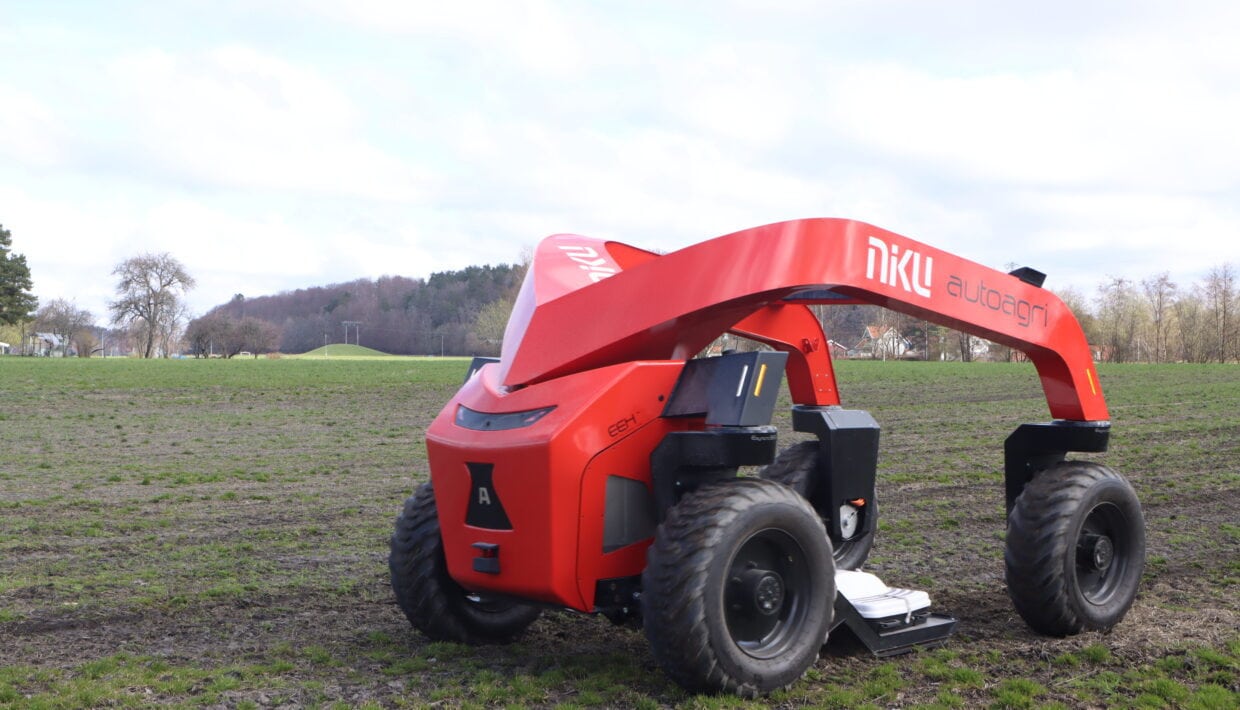
It is large, red, and drives around the field on its own in search of archaeological traces no one can see. No, it's not part of the Transformers universe, but an entirely new type of ground-penetrating radar robot. This spring, archaeologists from NIKU are using a revolutionary new technology to search for unknown cultural heritage sites. The technology promises increased efficiency, environmentally friendly solutions, and more accurate mapping of cultural heritage sites underground.
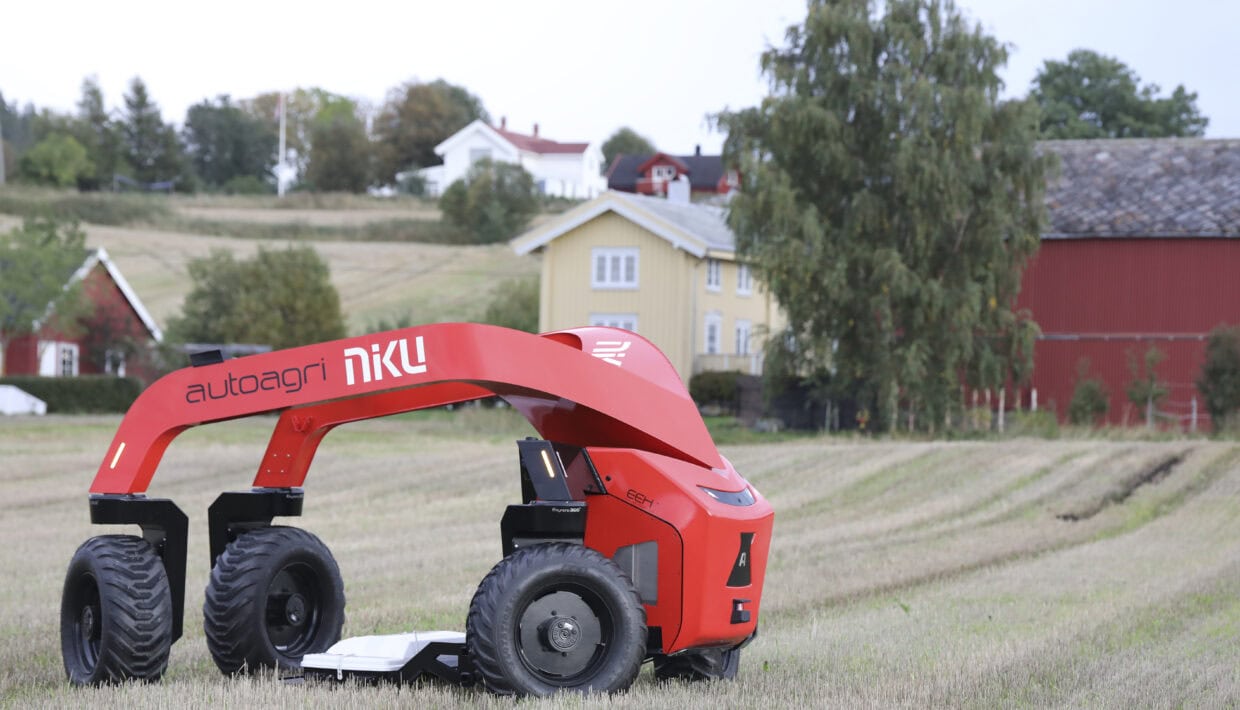
The Norwegian Institute for Cultural Heritage Research (NIKU) and AutoAgri are launching a revolutionary self-driving ground penetrating radar (GPR) for archaeological survey. The technology promises increased efficiency, climate friendly solutions, and accurate mapping of hitherto undiscovered cultural heritage.
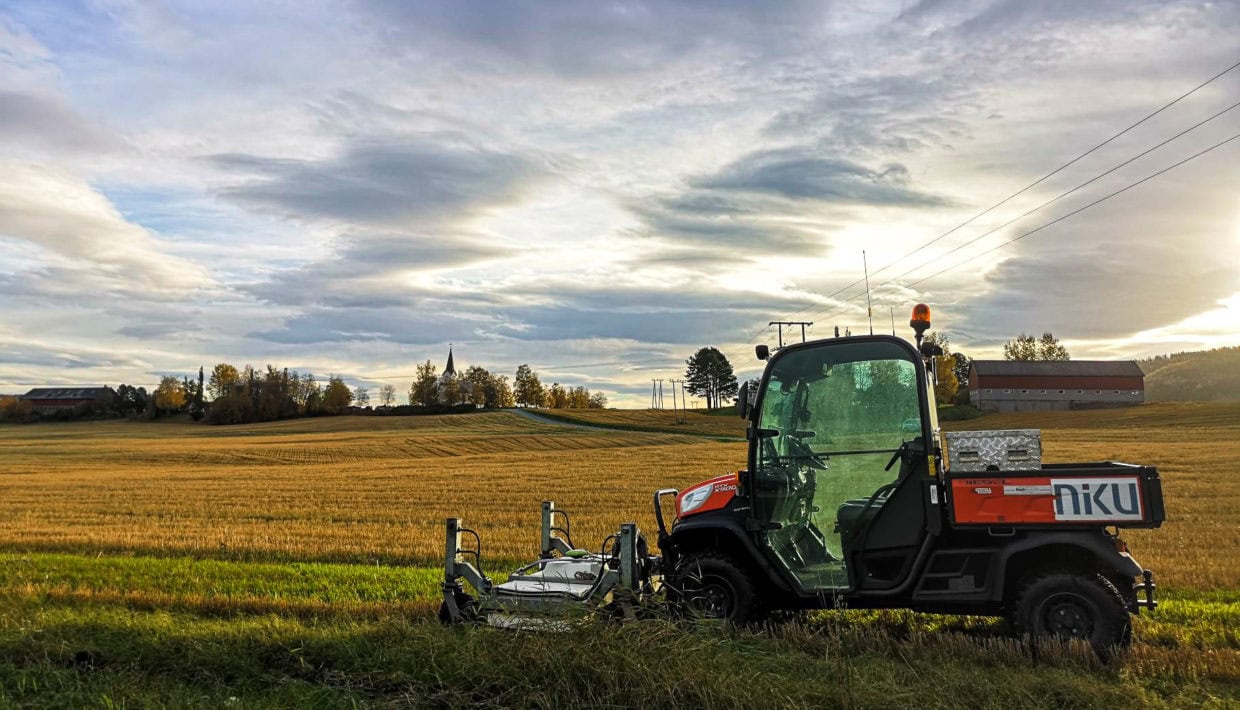
Last autumn, archaeologists using ground-penetrating radar (GPR) discovered traces of previously unknown graves and settlement activity at several locations along Trondheim Fjord. They hope that these discoveries can shed light on state formation, national unification and religious change in Norway a thousand years ago.
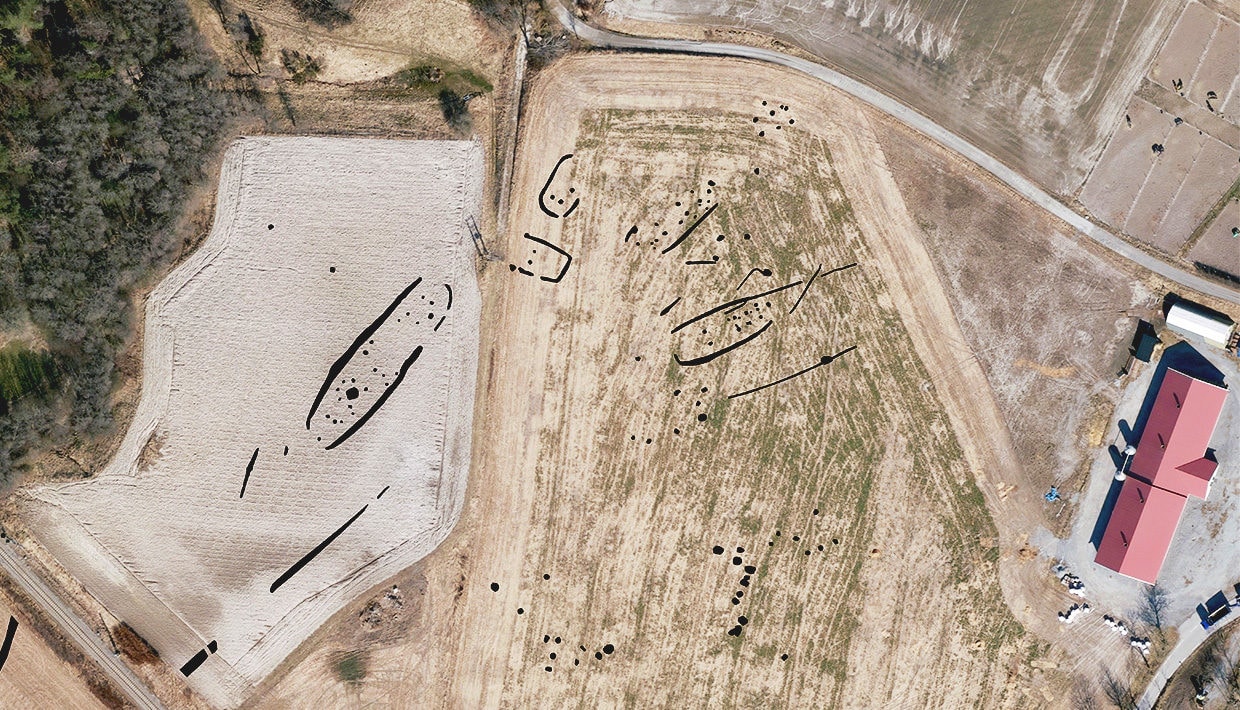
At Gjellestad in Norway, archaeologists from the Norwegian Institute for Cultural Heritage Research (NIKU) have found a 60 metre longhouse. There is no longer a doubt that Gjellestad, where the same team discovered a Viking ship in 2018, has been a central place in the late Nordic Iron Age. In the next few years, researchers will hopefully find the answer to how Gjellestad became such an important place.
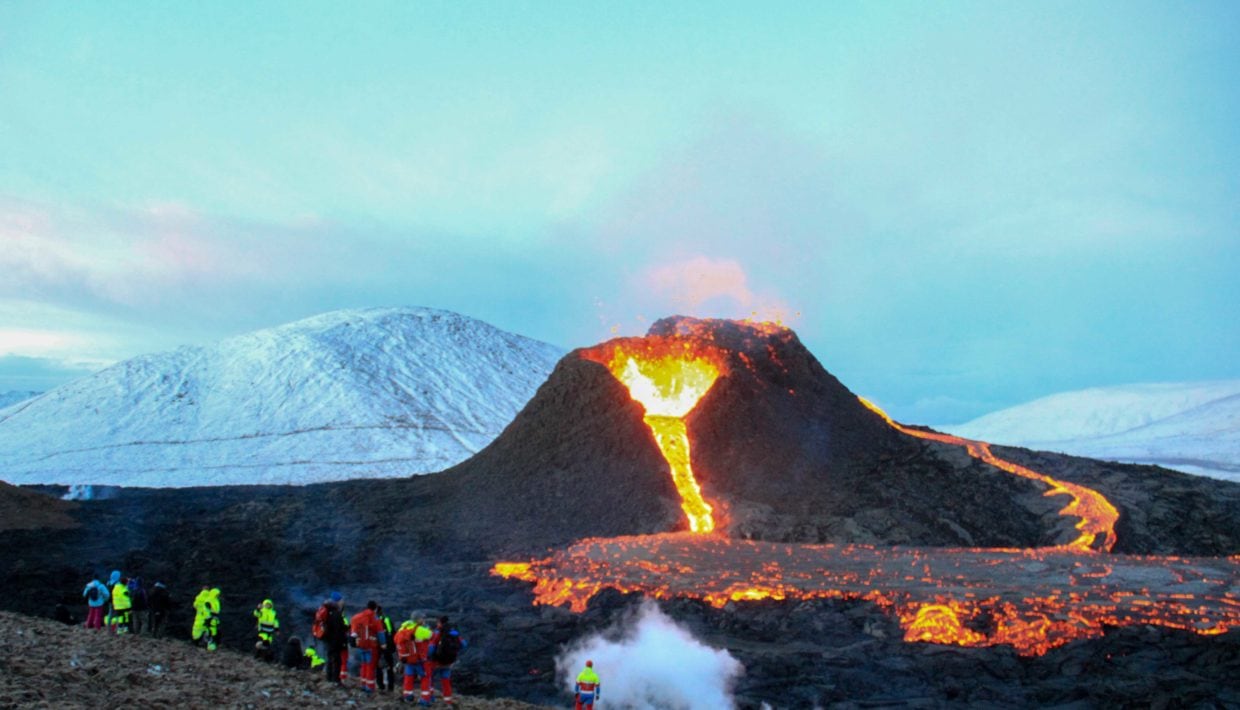
Volcanic activity on the Reykjanes peninsula in Iceland threatens several protected archaeological sites. In recent weeks, NIKU has been working hard together with the Icelandic National Heritage Board (Minjastofnun Íslands) to ensure solid digital documentation of three sites in danger of being covered by lava.
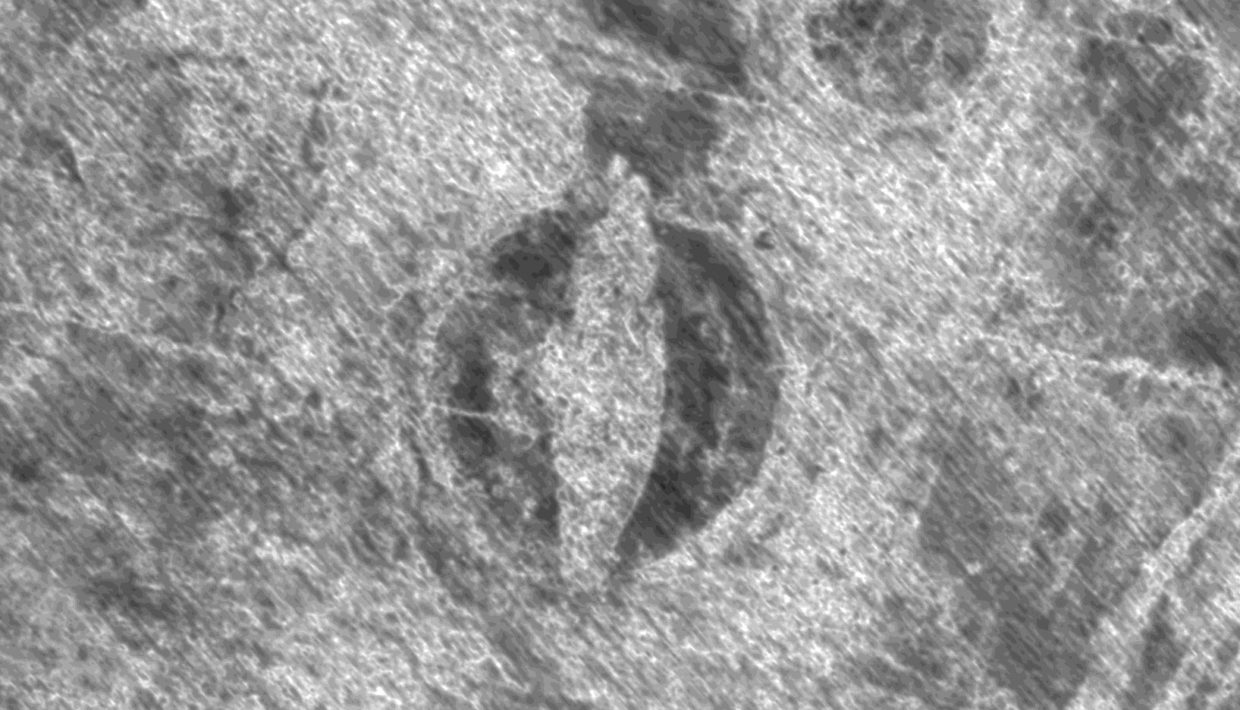
"This will be exciting for all of us, regardless of whether you are an archaeologist or just have a medium interest in our past," says Viking ship expert Knut Paasche.
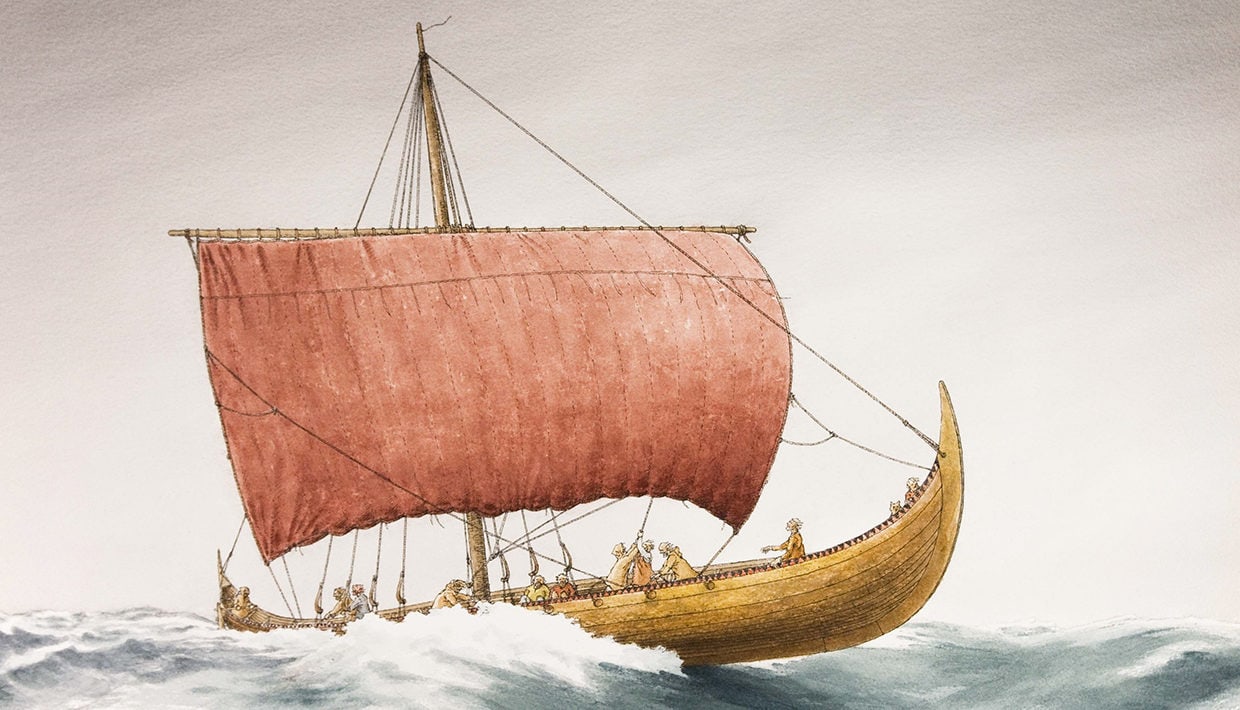
The Tune ship was found in 1867, but what it looked like and how it was used for has long been a mystery. 150 years after the discovery of the ship, archaeologist and researcher Knut Paasche has created a digital reconstruction of the ship that has revealed many of its mysteries.